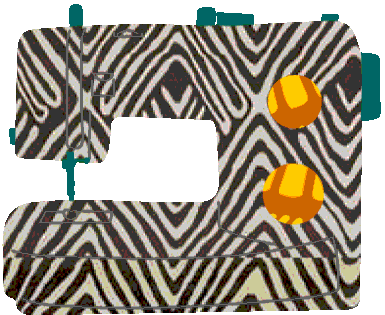African designers start a fabric movement
The old-fashioned way of gathering materials to start a clothing line used to begin in Western Africa. This was due to its’ markets, which are the nucleus of Africa’s textile production. Inside Burkina Faso’s capital, called Ouagadougou, there lies a central market building with food, artisan work and most importantly for designers; a huge display of wax printed cloths in many colors
Thousands of designs and styles sold here are achieved by using a variety of techniques, (from strip-weaving to bògòlanfini mud cloth) make them an extremely popular sale for people coming from all over Africa. What many do not know, however, is that these double-sided wax printed cotton fabrics are almost all imported, and originally manufactured in Holland using Asian techniques. Industrialization in the Dutch’s processes, along with a strong manpower sales force has allowed them to produce these materials and although being African inspired, they end up being foreign for the Africans.
This has, of course, caused a series of negative feelings amongst recognized designers. Many have started to join a movement in which they will not use these wax cloths due to where it comes from and instead, are exploring ways to incorporate African-made fabrics in their work. Some of the young designers that are promoting this movement include Nigerian fashion designer Maki-Oh, Laurence Chauvin-Buthaud of LaurenceAirline, and Chi Atanga, the British-Cameroonian founder of Walls of Benin.
Together, they have noticed that their consumers are also becoming more aware of the origins of where their clothes come from, they actually care about whom they are benefiting and won't mind paying a higher price if it means supporting locals. In fact, this whole movement has inspired initiatives such as The Ethical Fashion Initiative to become involved in the issue, they work with a goal of connecting designers from countries that are still struggling to grow, together with internationally recognized brands. Their main objective is to fix what they believe is a major issue: the fact that designers today feel like they will only succeed if they migrate to Europe. “The objective is to create jobs and decent living and working conditions in Africa, and simultaneously to train migrants at our center’s in Bologna, Italy so that they can return to their home countries and work in the supply chain we have developed there,” says Cipriani, from EFI.
